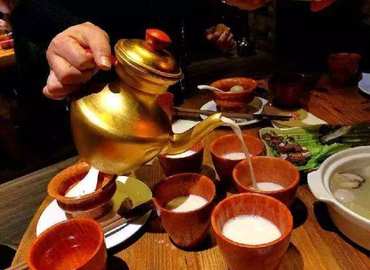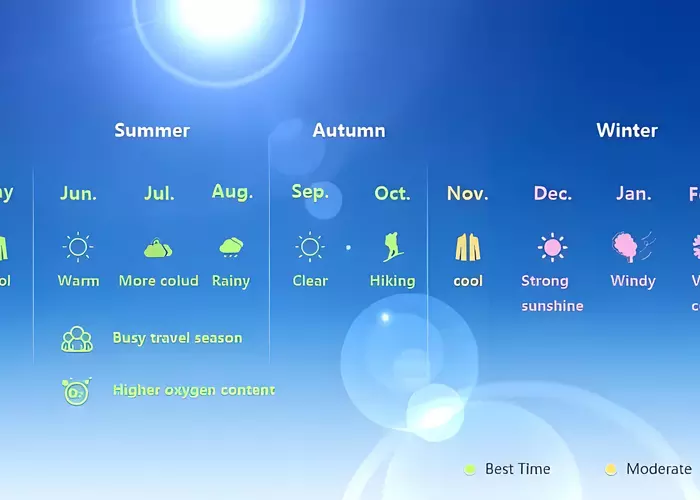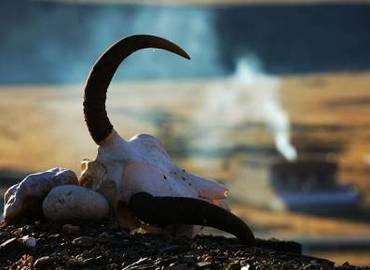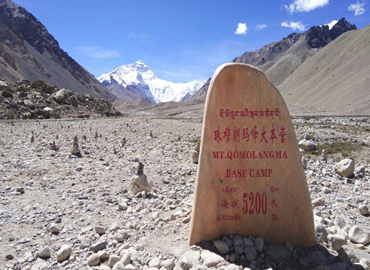Tibetan Butter Tea - Po cha
- Eric
- Last Updated : 02/18/2025
You haven’t gotten the best of Tibet if you haven’t tried Tibetan Butter Tea - “Po cha”! Po cha has an exquisite taste that is typically Tibetan. It leaves a tingling salty sensation in your taste buds. It is also rather not sweet. It carries a flavor that you may not be familiar with.
If you are new to Tibet, you may have tasted this Tibetan tea. You'll also get served this tea if you visit some Tibetan communities in Nepal or India. You may consider it a light soup that you can associate with warmth on a very cold day. And it can give you enough energy to brave the cold weather of Tibet. Tibetans love to serve this tea to their guests. At first, you may readily dismiss its taste, but as days drag on, you'll get the hang of its taste and make you hanker for it.
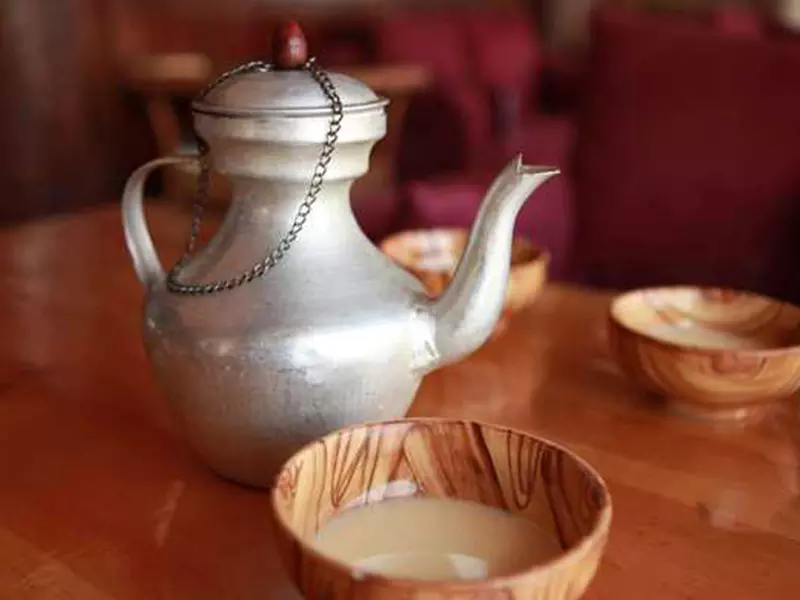
Content Preview
The Complicated Traditional Way of Preparing Butter Tea
As you sip your hot po cha, you'll get pepped up by its warm lingering taste. Yet, behind this Tibetan tea is a long and complicated process of preparing it. Its preparation goes back to the harvesting of dark tea from an area referred to as Pemagul in Tibet.
This dark tea is usually delivered in bricks of varied sizes. Then, some tea bricks are crumbled off and boiled for several hours. The resulting liquid from this boiling process is saved and comes in handy whenever you want to sip a tea. This resulting liquid is referred to as "chaku."
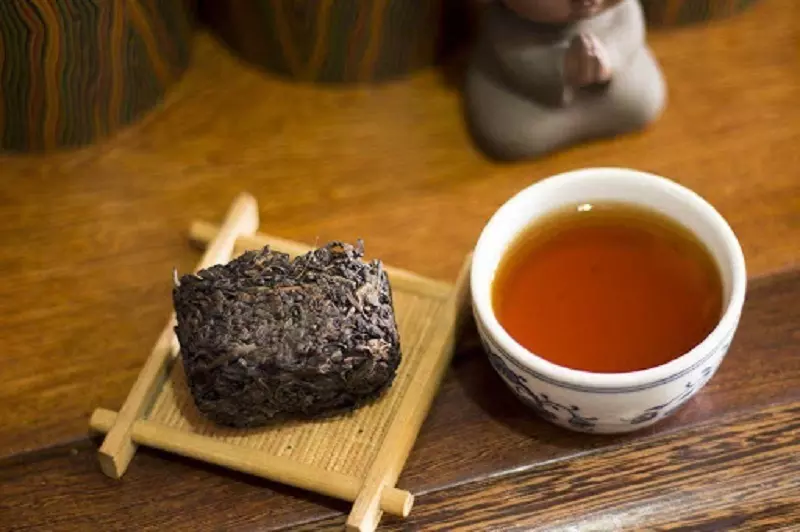
The process, however, does not stop there. If you want to drink tea, you can get the saved liquid and pour some of it into a pot of boiling water. Butter, salt, and milk are then added to the boiling water to create the butter tea.
How to Prepare Tibetan Butter Tea?
Nothing is better than the original po cha from Tibet. Yet, you can surely prepare your po cha even if you are not in Tibet. The original po cha is prepared from dark tea leaves, which are boiled for almost half a day to achieve a dark brown color. Then, it is skimmed, afterward, poured into a cylinder that contains salt and yak butter. This concoction results in a very thick stew or thick oil. Then, it is poured into jars or teapots.
Another way to prepare a delightful po cha is by boiling water. Then, add a handful of tea to the boiling water. Let it steep until the water turns almost black. Afterward, you add salt along with a bit of soda. Then, you strain the tea using a reed colander or horsehair. Afterward, pour the Tibetan tea into a wooden churn.
You can then add a lump of butter to give it its exquisite taste. Afterward, you churn it until the butter juice and tea dissolve into one, and it becomes milky. Then, transfer it into a copper pot. You can also stir it rapidly if you don't have a churn. Finally it becomes a delicious Tibetan butter tea.
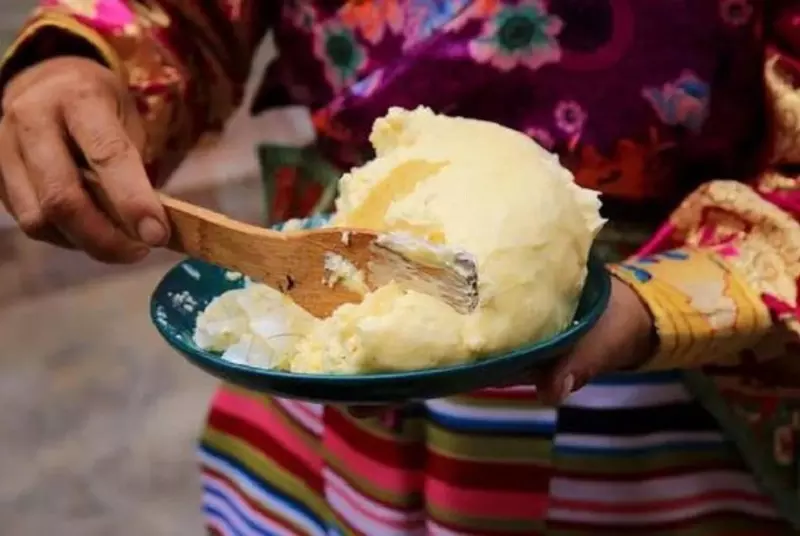
Preparing Butter Tea If You're Not in Tibet
If you are not in Tibet, you can enjoy butter tea even if you don't have Tibetan tea in hand. Many Tibetans who live outside of Tibet use Lipton tea, or some kind of plain black tea. Here're simple steps about how to make one with different ingredients.
- Plain black tea—you can use two Lipton's black tea or tea bags or any other loose tea.
- 1/4 teaspoon of salt.
- 3 cups or a half cup of milk
- 2 tablespoons of butter
- 4 cups of water.
You will need a blender, a churn, and a container with a tight lid for shaking up the concoction. You can produce two cups of po cha from these ingredients.
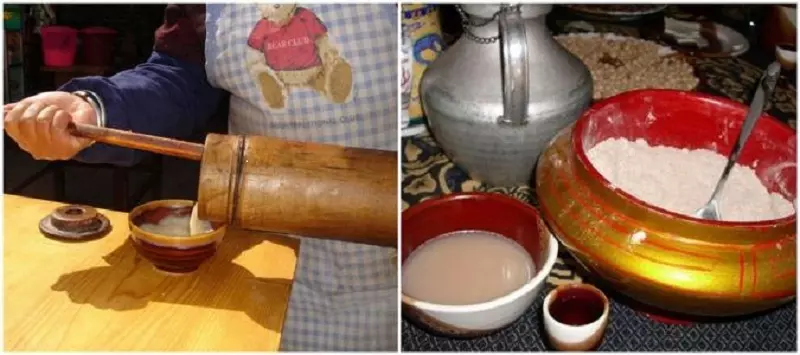
Steps on Preparing Butter Tea at Home
Now that you have all the ingredients and equipment, you can then begin your quest for the perfect po cha outside Tibet.
- First, you need to boil your four cups of water. Then, put your bags of tea into the boiling water. Allow it to steep while the water boils for several minutes. If you want stronger tea, you can use more bags of tea.
- Pour in one-quarter of a salt teaspoon.
- Remove the tea bags afterward and turn off the stove.
- Then, pour your concoction into a chandong or churn. Add 2 tablespoons of butter. If you don't have a churn, you can use a big container that comes with a lid. The lid should be tight enough to allow you to shake the tea. You can also use a blender as an alternative.
- Afterward, shake the mixture for three minutes. The longer you churn the po cha, the tastier it becomes. It would be good to note that po cha is best consumed while it is hot. So, serve it right after shaking it.
History of Tibetan Tea
Tibetans have been known to be fond of tea since the 7th century AD. According to Tibetan historical records, the prevalence of tea drinking on the Tibetan Plateau began with the tea-horse trade between the Songtsan Gampo period and the Tang Dynasty. The Tibetans obtained many famous teas from the Chinese mainland. After Songtsen Gampo unified Tibet and married Princess Wencheng of the Tang Dynasty, Tibet's commercial trade flourished, and the tea-horse trade became the main trade between Tubo and the Tang Dynasty. Since then, tea has been introduced into Tibetan areas and has gradually become an indispensable drink in Tibetan daily life.
Tibetan tea is the most typical dark tea, its color is dark brown, and it is a post-fermented tea. It's said that dark tea originated in Ya'an, Sichuan.
The Custom of Butter Tea
At present, almost all Tibetans are fond of drinking butter tea. In fact, drinking tea has become part of their way of life. They drink it before working. They also enjoy several bowlfuls of tea every day. They also often serve their guests with tea.
You should remember that po cha is best drunk in separate sips. After each sip, your host will refill your bowl to the brim. So, you may be wondering how you can finish your tea if the host keeps on refilling your cup. Well, if you don't wish to drink the tea, the best thing to do is not to touch the tea and drain it only when you are about to leave. Hosts are usually offended if you don't know this custom.
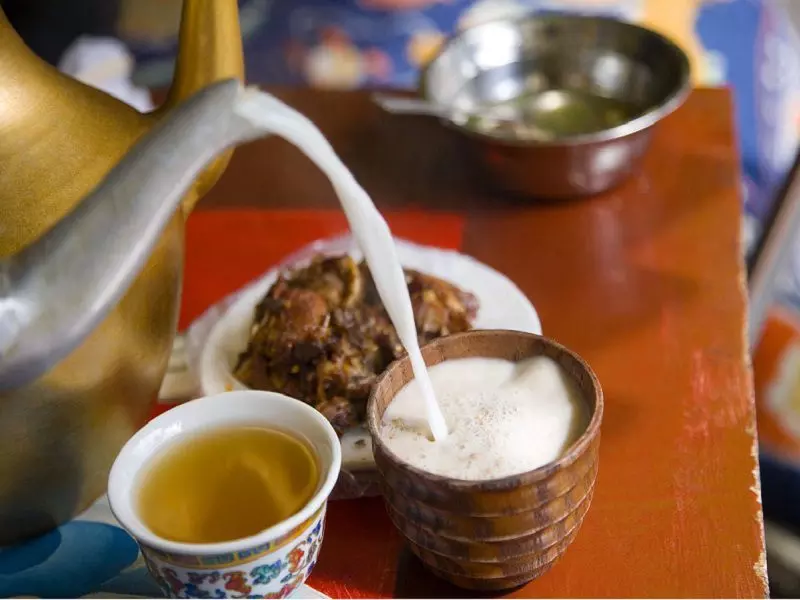
The Nutritional Value of Po cha
Drinking po cha usually gives you strength. It strengthens your blood, muscles, bones, and body tissues. It is believed to create internal balance. Thus, Tibetans who toil on the farms at a high altitude get enough boost from drinking this tea.
This tea is also believed to carry antioxidant properties. It also contains caffeine that can stimulate the central nervous system. So, farmers and herders get enough energy boost from drinking this tea.
Po cha also carries a dose of salt. Salt regulates the pH balance of the blood and has a diuretic property. This tea also contains fibers, vitamins, and other trace minerals that are needed by the body. Plus, it has yak butter which is around 80% fat. The fat contents of this tea can surely improve the health of your bone.
Email response within 0.5~24 hours.


